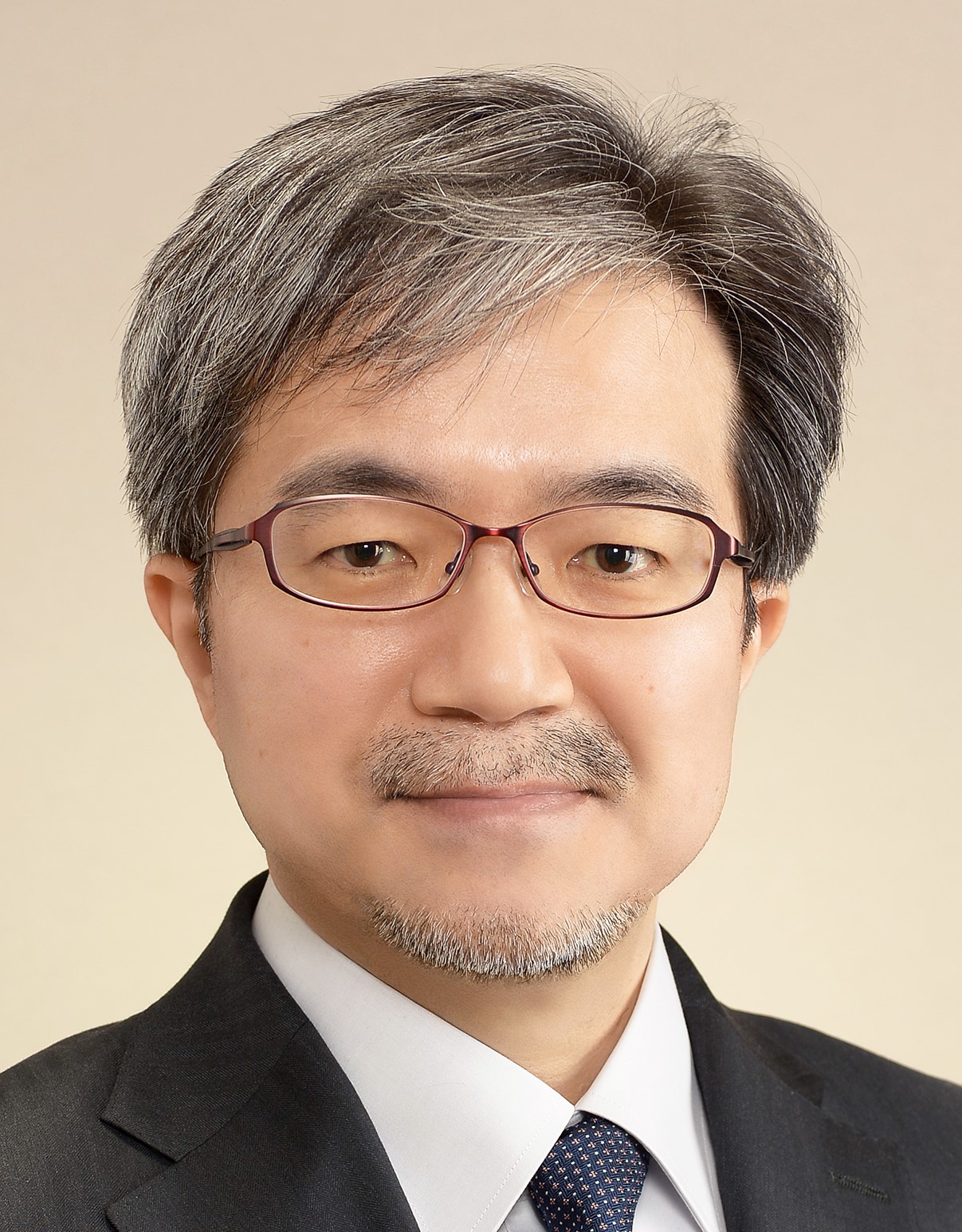|
所属 |
大学院医学系研究科(医学専攻等) 医学専攻 機能展開医学系 整形外科学講座 |
職務経歴(学内) 【 表示 / 非表示 】
-
2021年10月-継続中
秋田大学 大学院医学系研究科(医学専攻等) 医学専攻 機能展開医学系 整形外科学講座 教授
-
2009年04月-2021年09月
秋田大学 大学院医学系研究科(医学専攻等) 医学専攻 機能展開医学系 准教授
研究等業績 【 表示 / 非表示 】
-
Diagnostic accuracy of ultrasonography for occult femoral neck fracture
Tsukamoto H.
Journal of Clinical Orthopaedics and Trauma ( Journal of Clinical Orthopaedics and Trauma ) 36 2023年01月
研究論文(学術雑誌)
-
Distal sacral nerve roots severed by a fragility fracture of the sacrum: a case report
Igarashi S.
Journal of Medical Case Reports ( Journal of Medical Case Reports ) 16 ( 1 ) 2022年12月
研究論文(学術雑誌)
-
Akagawa M.
Journal of Experimental Orthopaedics ( Journal of Experimental Orthopaedics ) 9 ( 1 ) 2022年12月
研究論文(学術雑誌)
-
Emori M.
BMC Musculoskeletal Disorders ( BMC Musculoskeletal Disorders ) 23 ( 1 ) 378 - 378 2022年12月
研究論文(学術雑誌)
BACKGROUND: The aim of the present study was to evaluate the prevalence of non-ossifying fibroma (NOF) and fibrous cortical defect (FCD) in a Japanese pediatric population and the association between the lesion size and pain. METHODS: This retrospective study, conducted across 10 Japanese institutions, included patients aged 5-15 years who had undergone standard antero-posterior and lateral view radiography of the knee. Using these radiographs, we diagnosed the lesion as a NOF or FCD. Patient demographics, including age, sex, the size and location of the NOF, and chief complaint were recorded. The lesion size was determined using radiographs. Student's t-test was used to compare the associations between the lesion size and spontaneous pain. RESULTS: A total of 6222 subjects (3567 boys and 2455 girls) were included in this study. The number of NOF and FCD cases was 143 and 437, respectively, and the prevalence of NOF and FCD was 2.3% and 7.0%, respectively. The average size of NOF and FCD was 22.1 mm (range: 4-102 mm) and 13.2 mm (range: 5-21 mm), respectively. Three patients (2.1%) had pathological fractures due to NOF. Of the 140 NOFs and 437 FCDs, we obtained complaints from the medical records of 126 and 393 patients, respectively. The number of patients with spontaneous pain or other problems with NOF was 68 (54%) and 58 (46%), respectively, that of patients with FCD was 195 (50%) and 198 (50%) patients, respectively. The lesion size was not associated with spontaneous pain in either lesion (p = 0.67 and p = 0.27, respectively). CONCLUSION: The prevalence of NOF and FCD around the knee was lower than that reported in previous studies. The prevalence of NOF increased and that of FCD decreased with advancing age. In both lesions, the lesion size may not be associated with pain.
-
Suzuki N.
Medicine (United States) ( Medicine (United States) ) 101 ( 48 ) 2022年12月
研究論文(学術雑誌)
-
連載 専門医のための症例問題トレーニング 代謝性骨疾患(骨粗鬆症を含む)
土江 博幸, 宮腰 尚久
整形外科 ( 南江堂 ) 73 ( 11 ) 1199 - 1202 2022年10月
研究論文(その他学術会議資料等)
-
Personal View デジタルトランスフォーメーションと地域医療
宮腰 尚久
整形・災害外科 ( 金原出版 ) 65 ( 6 ) 733 - 733 2022年05月
研究論文(その他学術会議資料等)
-
誌説 SDGsとオステオサルコペニアの予防
宮腰 尚久
整形外科 ( 南江堂 ) 73 ( 5 ) 410 - 410 2022年05月
研究論文(その他学術会議資料等)
-
Mita Motoki, Suzumori Koichi, Kudo Daisuke, Saito Kimio, Chida Satoaki, Hatakeyama Kazutoshi, Shimada Yoichi, Miyakoshi Naohisa
Japanese Journal of Comprehensive Rehabilitation Science ( 一般社団法人 回復期リハビリテーション病棟協会 ) 13 ( 0 ) 12 - 16 2022年
<p>Mita M, Suzumori K, Kudo D, Saito K, Chida S, Hatakeyama K, Shimada Y, Miyakoshi N. Utility of a wearable robot for the fingers that uses pneumatic artificial muscles for patients with post-stroke spasticity. Jpn J Compr Rehabil Sci 2022; 13: 12-16.</p><p><b>Objective</b>: We investigated the utility of a wearable robot for the fingers that we developed using pneumatic artificial muscles for rehabilitation of patients with post-stroke spasticity.</p><p><b>Methods</b>: Three patients with post-stroke finger spasticity underwent rehabilitation for 20 minutes a day, 5 days a week, for 3 weeks. Passive range of motion, Modified Ashworth Scale (MAS), and circumference of each finger were measured before and after training and compared.</p><p><b>Results</b>: The range of motion and finger circumference increased when using a wearable robot. The MAS improved partially, and no exacerbation was observed.</p><p><b>Conclusions</b>: The wearable robot we developed is useful for rehabilitation of post-stroke spasticity and may improve venous return.</p>

